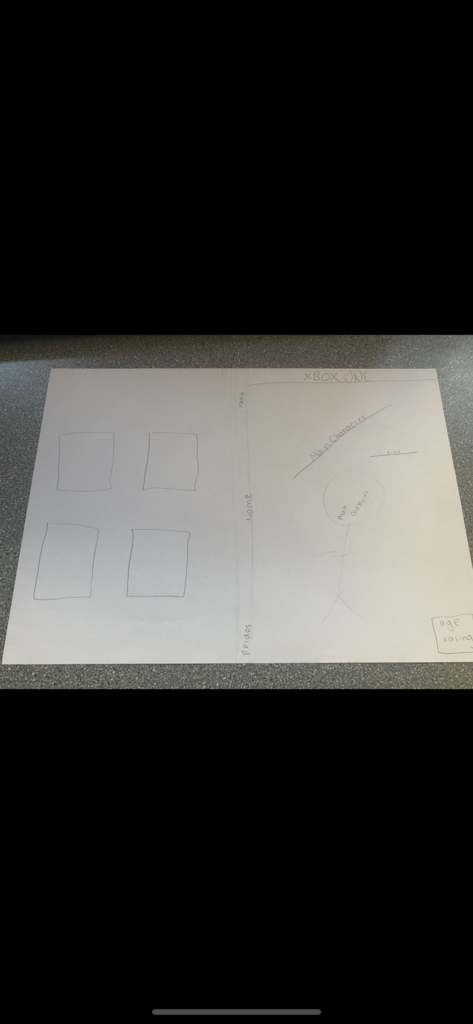- Mise-en-scene analysis (ie Textual analysis) – targets a heterosexual audience, suggests male hierarchy and power over the female gender, due to the position in which the women are suggesting to have a sense of desire over him.
- Semiotics: Dominant signifier can be the male in the top middle Paradigm can be the women surrounding the women to put emphasis on the man Reactionary as supports the stereotype that men have power over women, this is because the women are carrying him suggesting that he is superior.
- Representational Analysis: –The idea of the male being superior to women and therefore dominating the scenewould have been a normal reactionary look on advertising around this time, this is because at this time women were desperately fighting for their rights. -At this time in history, racism was more common and it was more likely for people to have a problem with people of colour therefore all characters in the ad were white.
- How does Score construct a narrative which appeals to its target audience? The narrative suggested to us behind the scene is the idea that the man before hand started using “Score Liquid Hair Groom” therefore making him superior and made him seem more important then everyone else meaning he was then worshipped by everyone and carried by attractive woman. The strap line “Get what you’ve always wanted” can imply that the male gender have the desire to be above everyone else or seen as superior and also being more attractive than other characters of the male gender.
- How does this advert create desire for the product? This advert creates desire for the product as it shows a collection of women with an obvious desire to be with the male character suggesting that the reason for this desire is because of the hair product. This could make the audience may want to have the product in order for girls to have desire over them also.
- Think about brand values, brand message, brand personality and brand positioning should inform the analysis. The brand values can suggest a high number of sales and supports the ideal male world of having women desire over you and find you attractive. The advertisement can suggest a message to the audience to say that if they buy the product they can get what they want.
- Think about how and why audience responses to the narrative of this advert may have changed over time
The Narrative:
The narrative behind the scene is the idea that the man before hand was not using “Score Liquid Hair Groom” therefore he was with everyone else, and wasn’t worshipped. However he then used “Score Liquid Hair Groom” which put him above everyone else and he was worshipped by everyone and carried by woman. The strap line “Get what you’ve always wanted” implies that every man wants this idea of being above everyone else and being more attractive/better than others. The advert implies the woman that are carrying him are going to take him somewhere to indulge in adult activities with him. This shows how the advert is directly targeted towards men because as well as the idea of being better than everyone, the strap line also implies the product “gets you what you’ve always wanted” which is sexual activities with one or more attractive woman.




